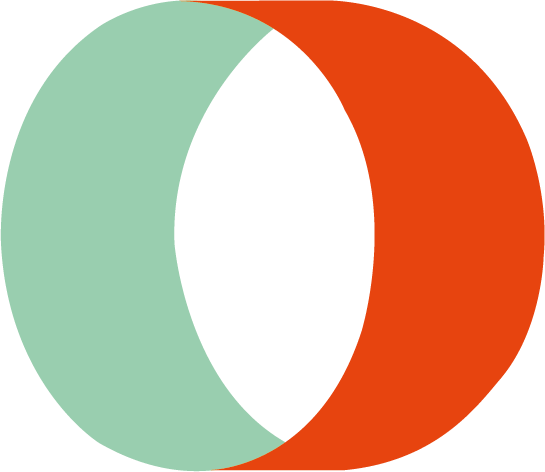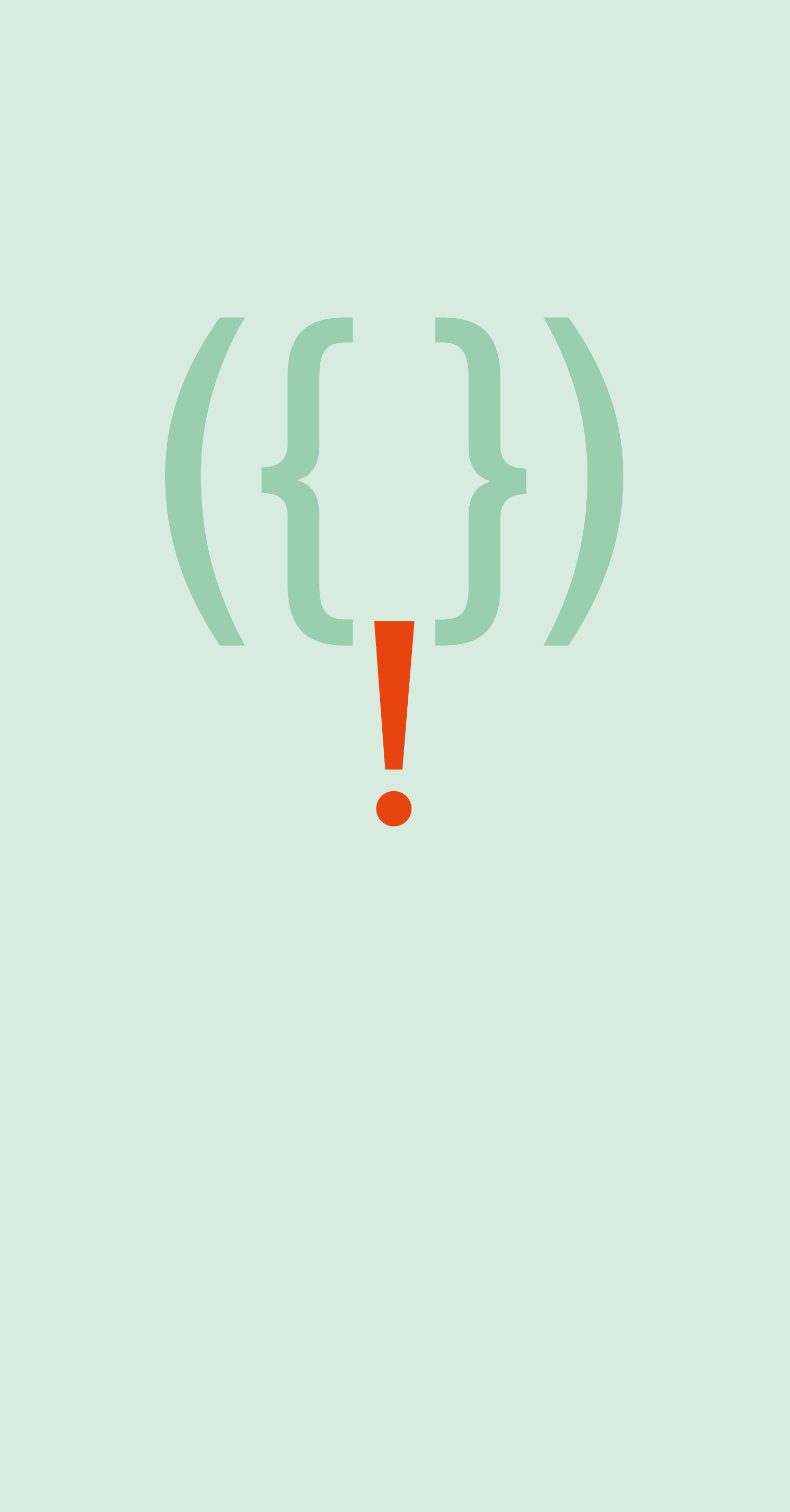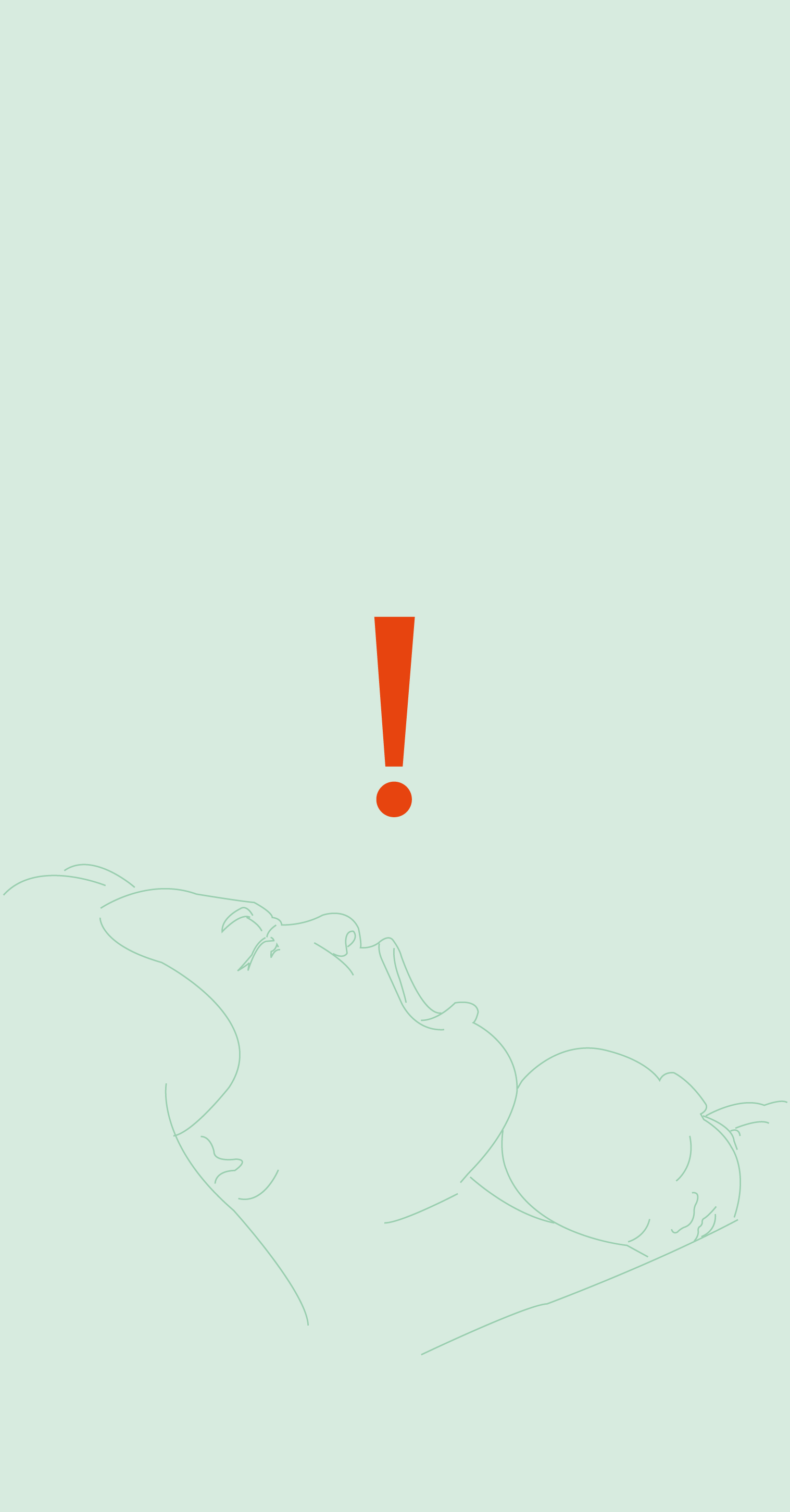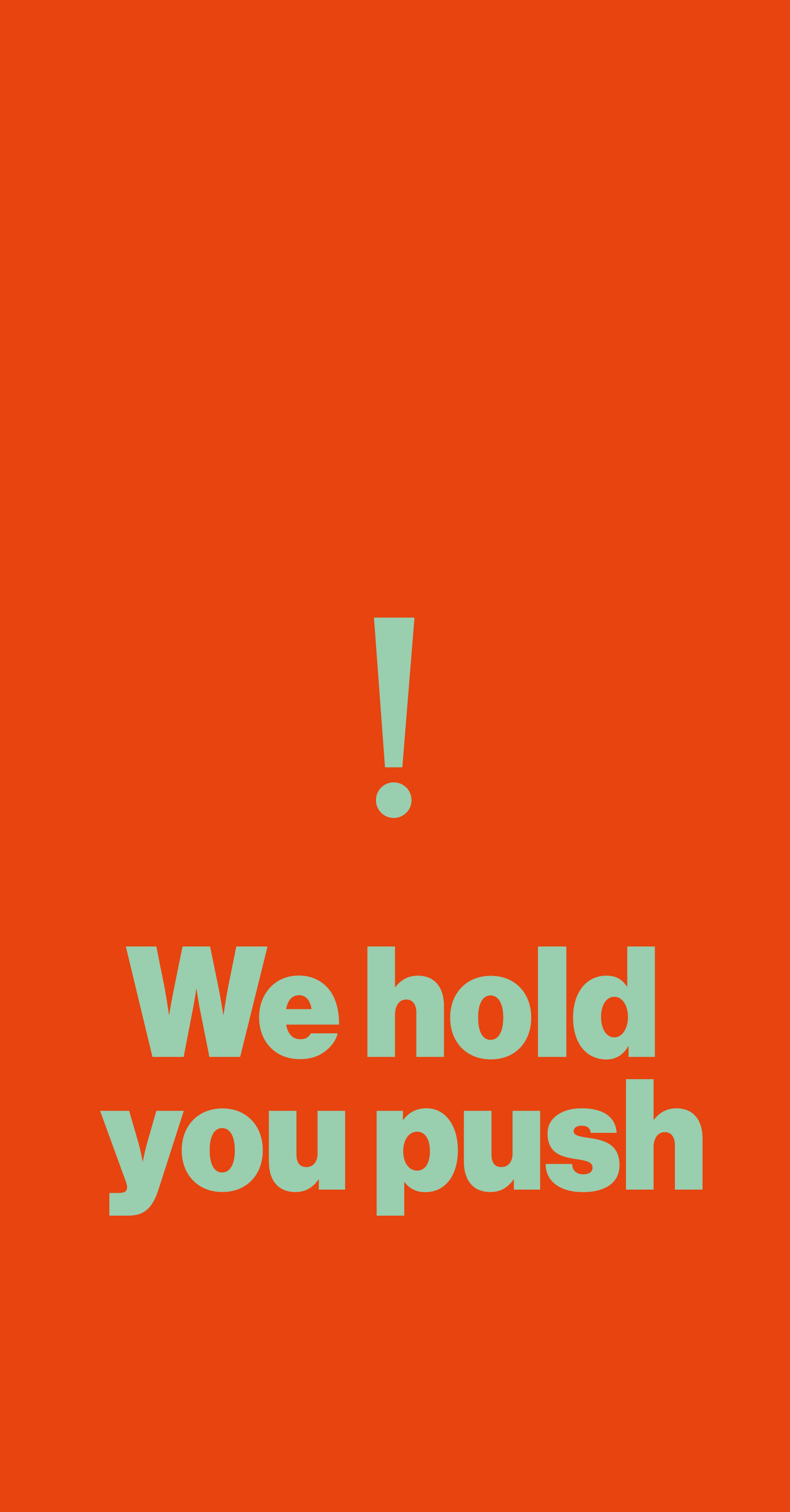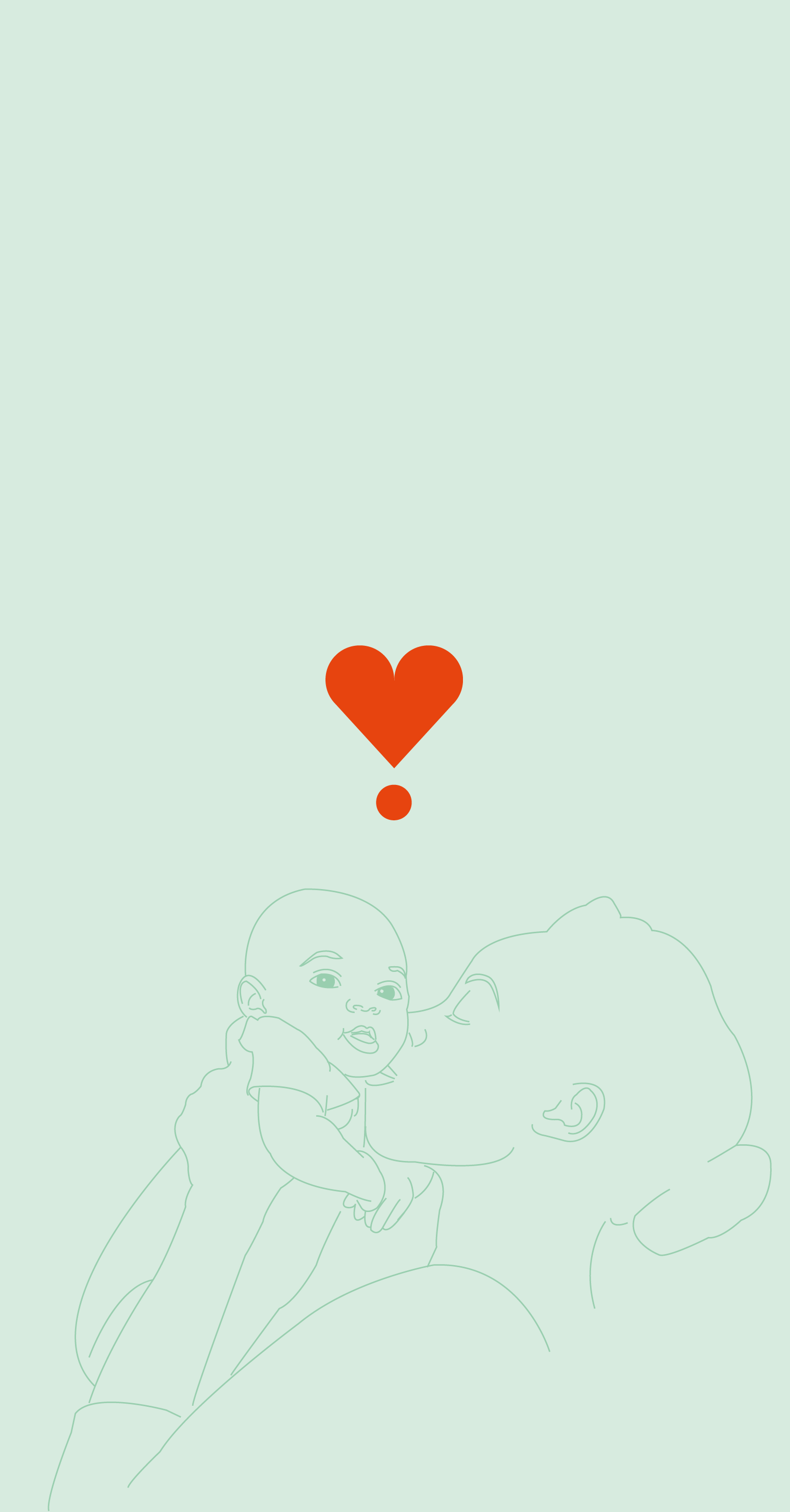From small to BIG, all grades of perineal ruptures have an impact
Around 106M women give birth vaginally every year. Approximately, 85% will experience some level of perineal trauma where 70% will require sutures to the wound. First time mothers are particularly affected and a history of severe perineal trauma on the 1st birth increases chances of reoccurrence on a 2nd birth. Postnatal care is mainly focused on women with higher grades of perineal ruptures (8%), downplaying the impact of lower grade ruptures (77%) on woman’s quality of life. Short, medium and long-term complications are fairly common but rarely acknowledged or prioritized in the global health landscape.
The afterbirth journey: the overlooked morbidities
35% will experience dyspareunia (pain during intercourse)
11% perineal pain.
6-15% will develop a fear of having more children (tokophobia), coming hand-in-hand with anxiety feelings (9-24%)
19% and 8-31% will endure anal incontinence and urinary incontinence, respectively.
Our device is designed based on the technical “hand grip”
We have explored theory and practice in the process of labor. The last stage of labor is the critical step for the perineal health outcome. As the baby’s head pushes through the vaginal opening, the perineal skin will stretch but it needs time to do so. This is where the midwives hand technique comes into play, a “hand grip” that supports the perineum by slowing down the rate of skin expansion.
However, it is almost impossible to protect the perineum at all times due to the unique nature of each childbirth. On top of that, it is physically demanding for the midwives and requires them to be “hands on” for long periods of time.
We believe that our innovative solution could provide the midwives with a “third hand” helping them support the perineum and slowing down the rate of skin expansion during birth.
We have developed a game changing solution that supports midwives and health workers in their efforts to protect the vulnerable area and reduce birth ruptures. It is a single use medical adhesive device classified 1, for which we have requested an international patent 05.01.2023 with AWA IPR. Our production partners here in Scandinavia live up to the ISO 13485 regulatory regulations and are ready to produce in high scale.
We are collaborating with Sjællands Universitetshospital in Roskilde, an esteemed partnership we greatly value and appreciate for their innovative approach. Thanks to this collaboration, we are currently conducting our pilot study, which is underway in the first quarter of 2024.
It will save lives and impact more than 100 million women every year.
No tears, no tears.
We have made it to the moon and back and even all the way to Mars. And yet…
…despite our incredible achievements in space exploration, the process of giving birth, which has been part of
the human experience since literally the dawn of time, remains vastly under-researched and underfunded.
Isn’t it time to change this? After all, it is not rocket science, it’s women’s health.
“In our society, the joy of having a newborn is cherished by everyone, but the pain, physical exertion, psychological trauma, and other sequelae of pregnancy and labour are borne by the mother alone”
- Sayeba Akhter
References:
PMID: 38070535, PMID: 24115804, UNICEF, PMID: 37216058 37216058, PMID: 37674105, WHO, PMID: 26050831, PMID: 38070534
(March 2024)

